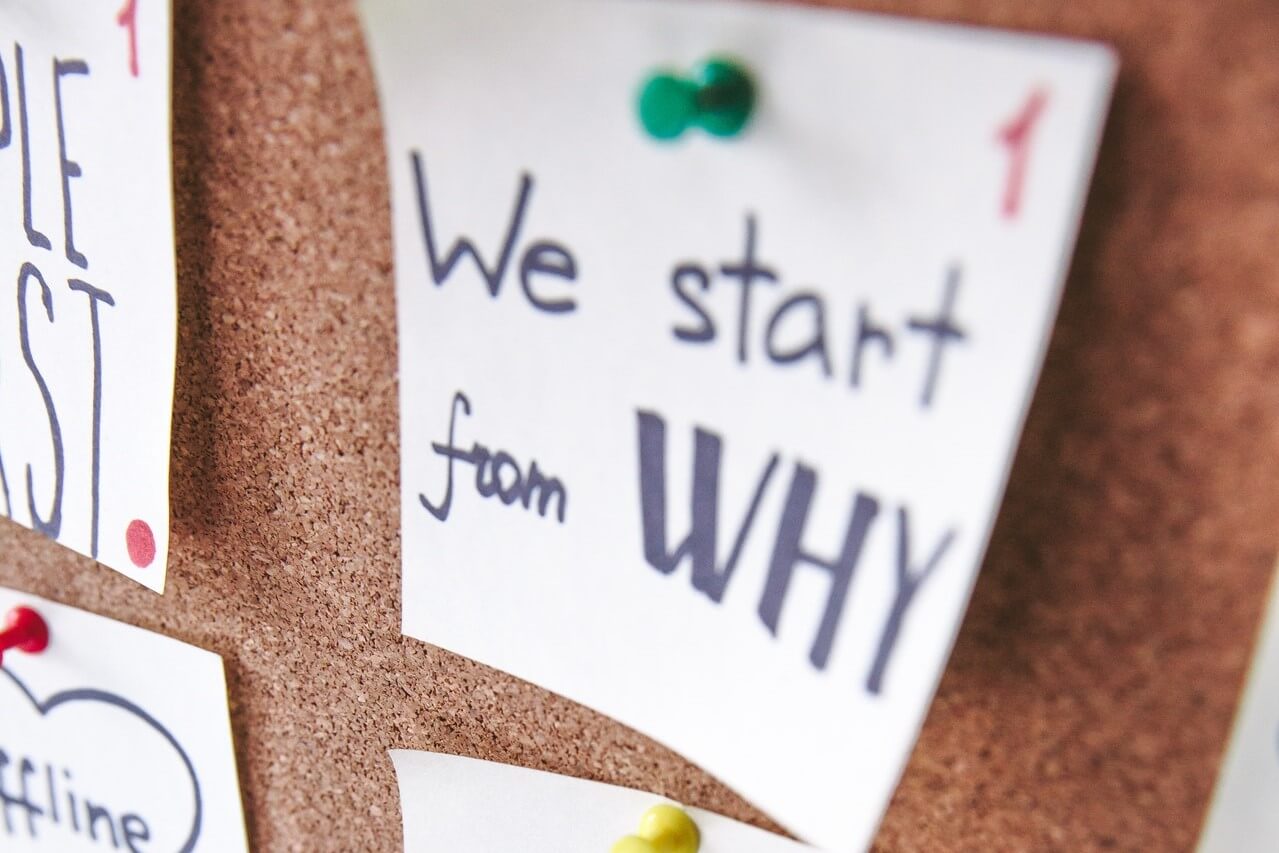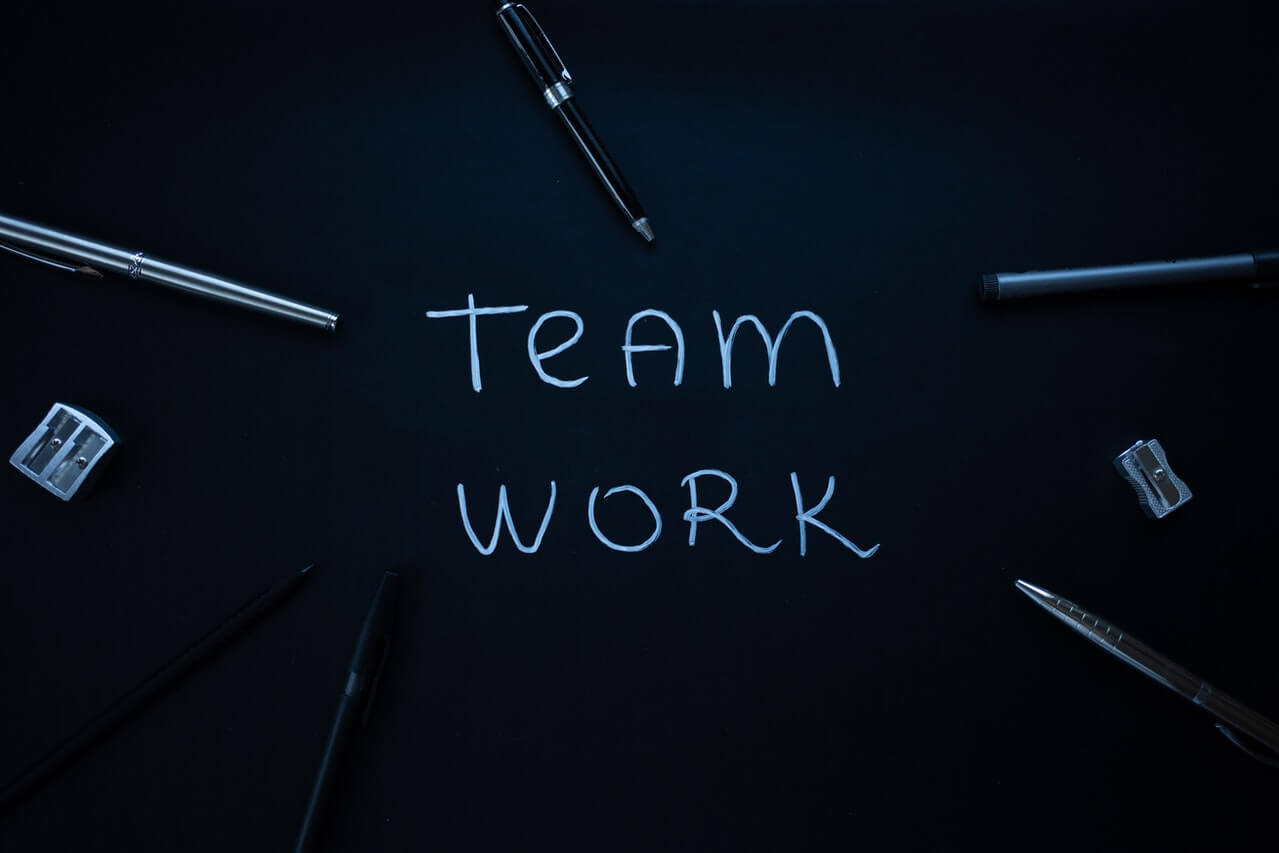To be a successful fundraiser, you must know not only how your organization raises money, but also how it is spent. You must know and understand your organization’s budget so that you can explain to others the costs of operation and how the money to cover those costs is to be generated.
Nearly all non-profits are, by their nature, limited in their capacity to increase earned income, and many are unable to produce any fees-for-service because they serve groups that cannot afford to pay. Those limitations are why non-profit organizations must be fundraisers.
Understanding your organization’s capacity to produce earned income, knowing where such income does or could come from, and maximizing it, are essential to developing a successful fundraising campaign. If your prospective donors believe you could be producing more earned income, they will be far less likely to give of their limited philanthropic resources.
No matter what your role in a fundraising campaign—be it organization director, development director, campaign chairperson, or volunteer solicitor—to operate at optimum effectiveness you need to be convinced your organization is maximizing its potential to produce earned income—within the confines of its mission. That last part is very important. There are things non-profit organizations simply cannot do which are second nature to businesses seeking to improve their bottom line.
At the Cleveland Orchestra, when we were subjected to questions regarding our profit-making capabilities, we responded half-jokingly that we could not increase our productivity even if we played a Beethoven symphony faster than it was played 200 years ago. We could not speed up our assembly line, nor could we reduce the number of violinists required through automation. If the “widget” we produced was symphonic music, we could not cut costs by turning ourselves into a chamber orchestra and still produce symphonic-music.
On the other hand, we did need to demonstrate constantly improving efficiency in other areas of our operations. For a non-profit, being perceived as a lean, mean fighting machine is critical to optimizing the results of a fund-raising campaign. But budget cuts must not come at the expense of maintaining and improving service to the community and program quality. A non-profit that cuts back on the quality of its services will diminish its fund-raising appeal.
Before You Ask For Money, Know Your Organization
To summarize: There is no faster way to lose prospective donors than by being unable to answer questions and, thereby, remove objections to giving. You need to know the organization’s reason for being, its goals and objectives, its beneficiaries, and its operational and financial efficiencies.
Know those things, and you know the organization. That knowledge will do more than prepare you to answer questions. It will give you the confidence and composure to pick up the telephone or knock on a door, and ultimately to sit in someone’s office or living room and ask for money.
Knowing the organization is crucial to fund-raising, but without commitment, knowledge is worthless. There is a terribly hollow ring to words spoken in support of a cause if belief and understanding do not accompany the words.
Knowledge and commitment are the two strongest tools a fund-raiser can have. Without knowledge, you cannot present your case to prospective donors. Without true commitment, you will not maximize the results of your efforts. If you are to raise money for an organization, know that organization, understand its needs, and be committed to its cause.
=-=-=-=-=-=-=-=-=-=-=-=-=-=
If you have a question or comment for Tony, he can be reached at Tony@raise-funds.com. There is also a lot of good fundraising information on his website: Raise-Funds.com
=-=-=-=-=-=-=-=-=-=-=-=-=-=
Have you seen The Fundraising Series of ebooks ??
=-=-=-=-=-=-=-=-=-=-=-=-=-=
If you’re reading this on-line and you would like to comment/expand on the above, or would just like to offer your thoughts on the subject of this posting, we encourage you to “Leave a Reply” at the bottom of this page, click on the feedback link at the top of the page, or send an email to the author of this posting. If you’ve received this posting as an email, click on the email link (above) to communicate with the author.










